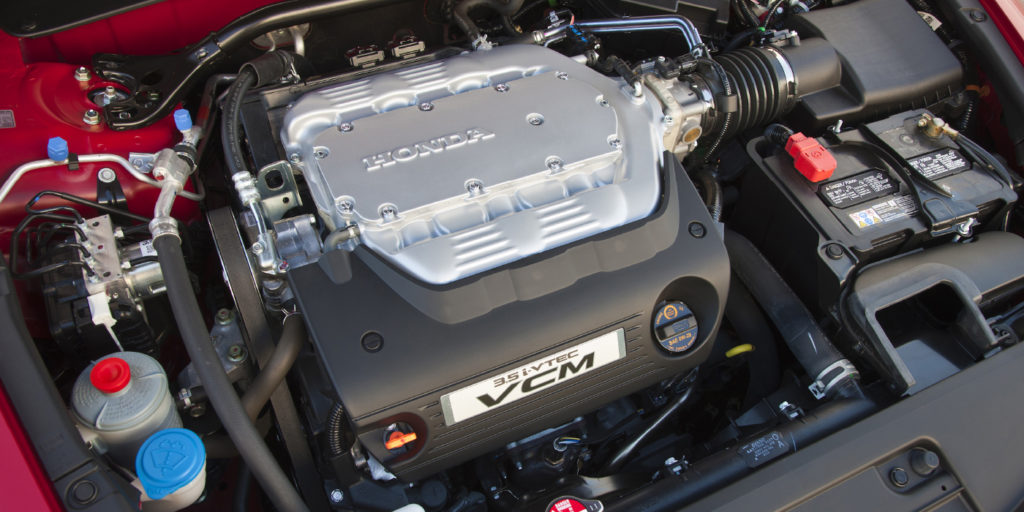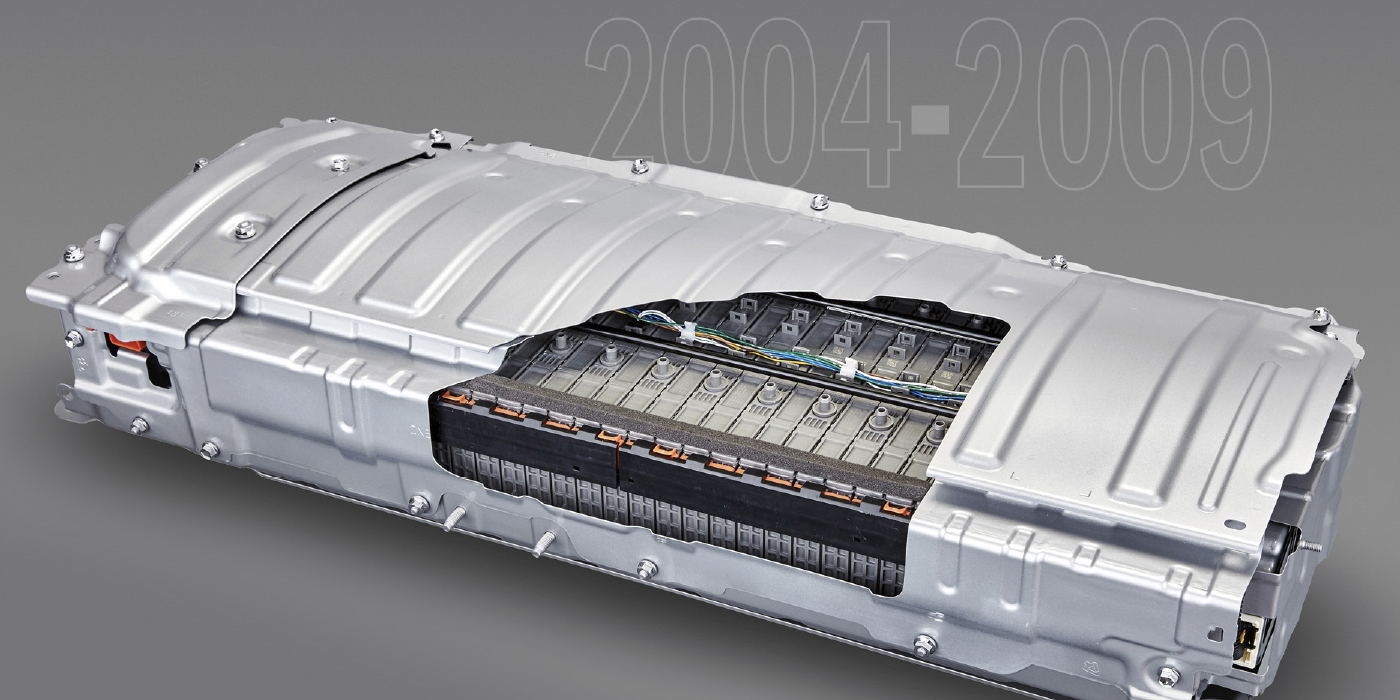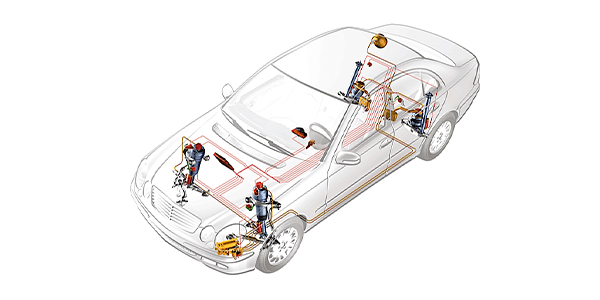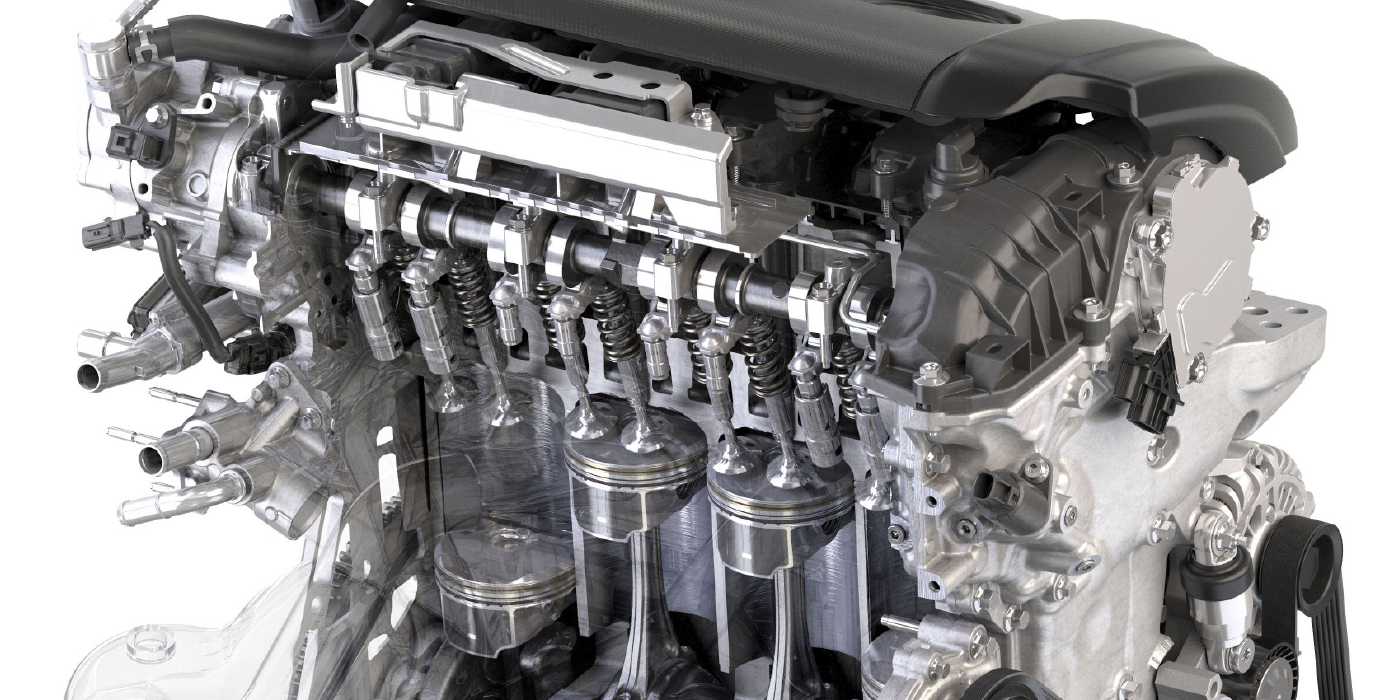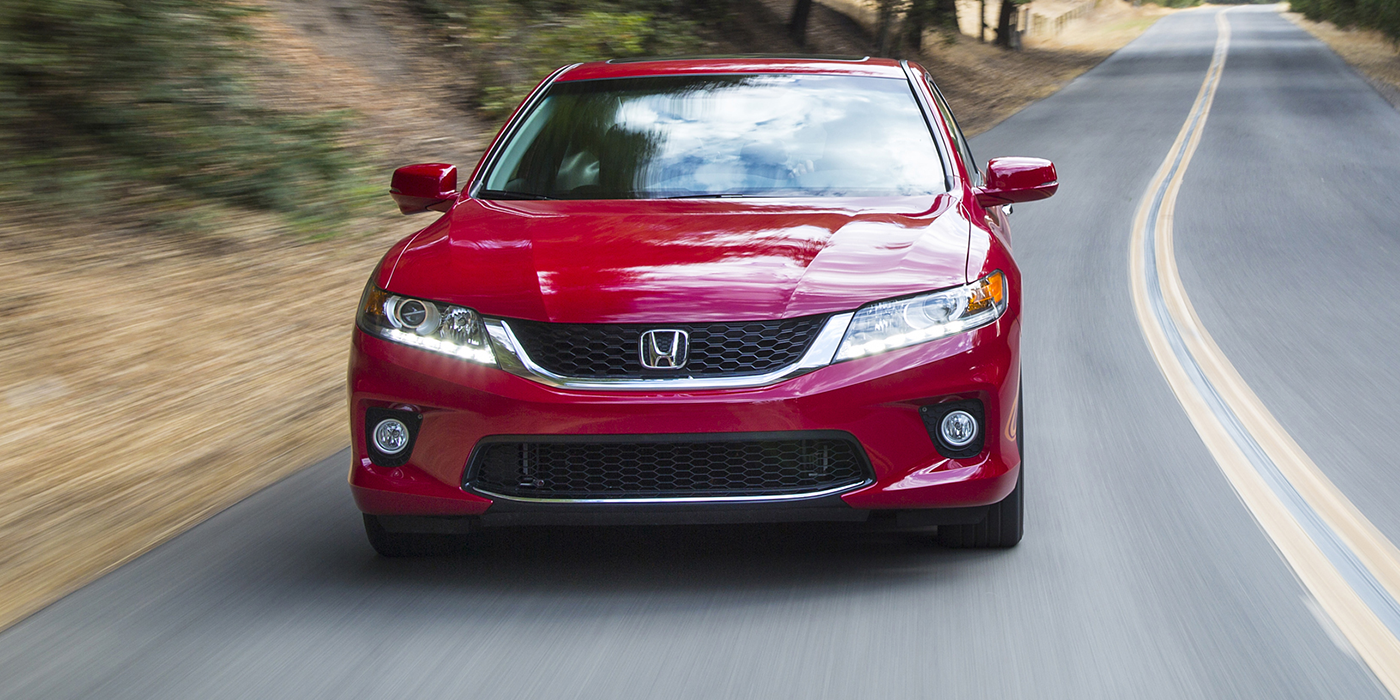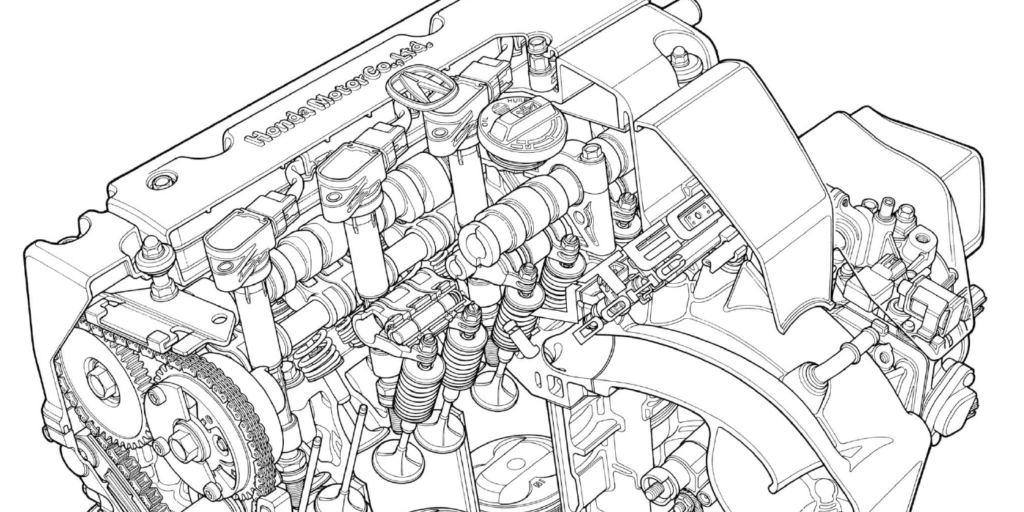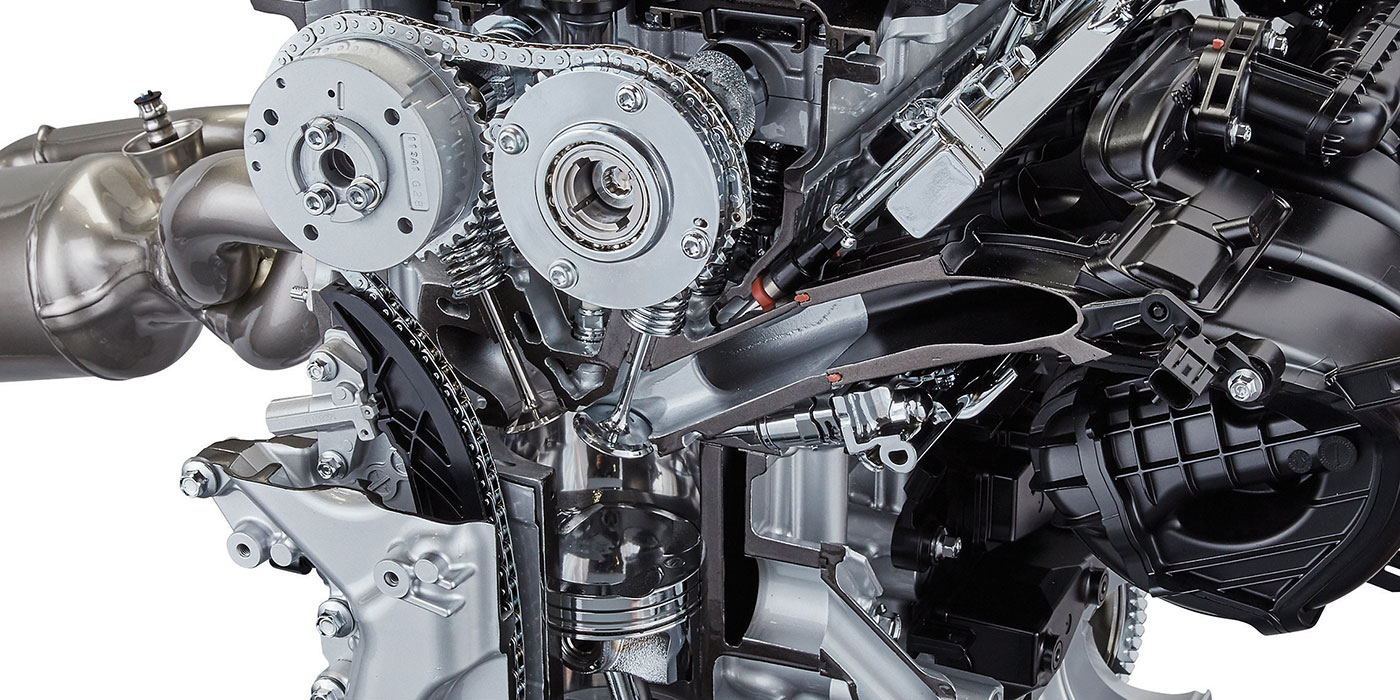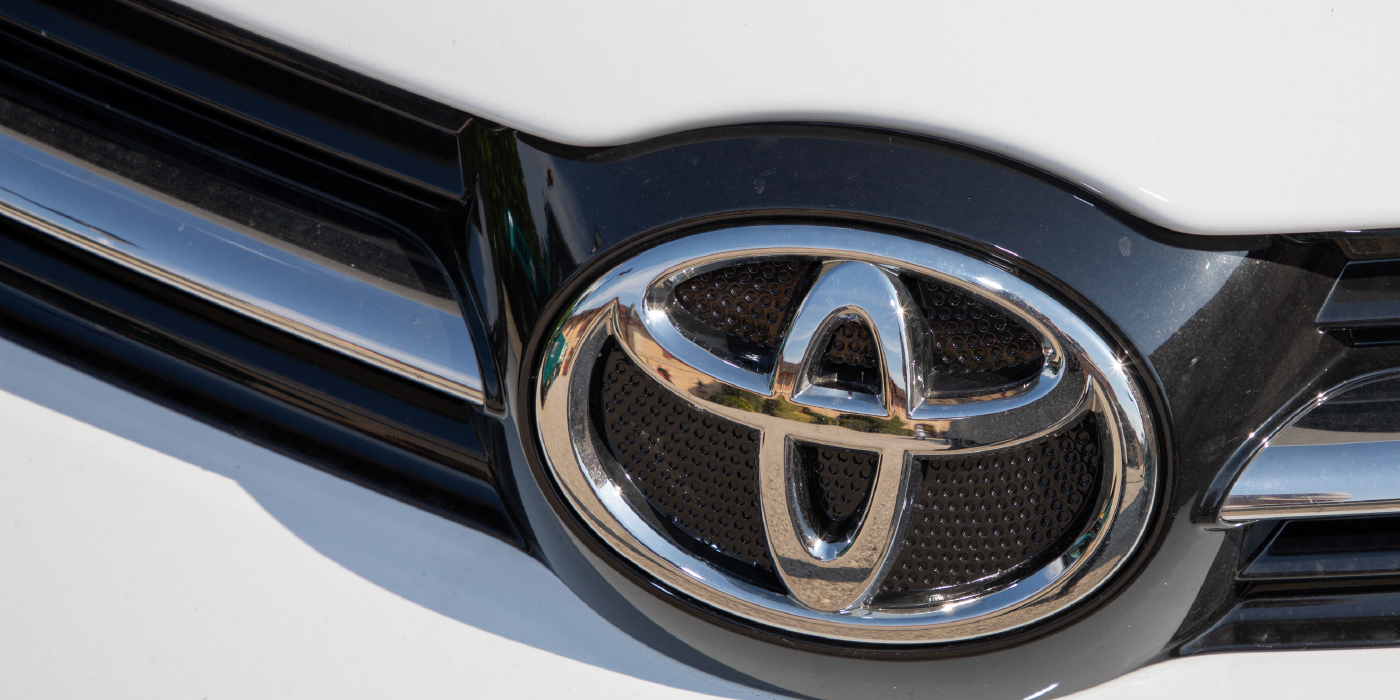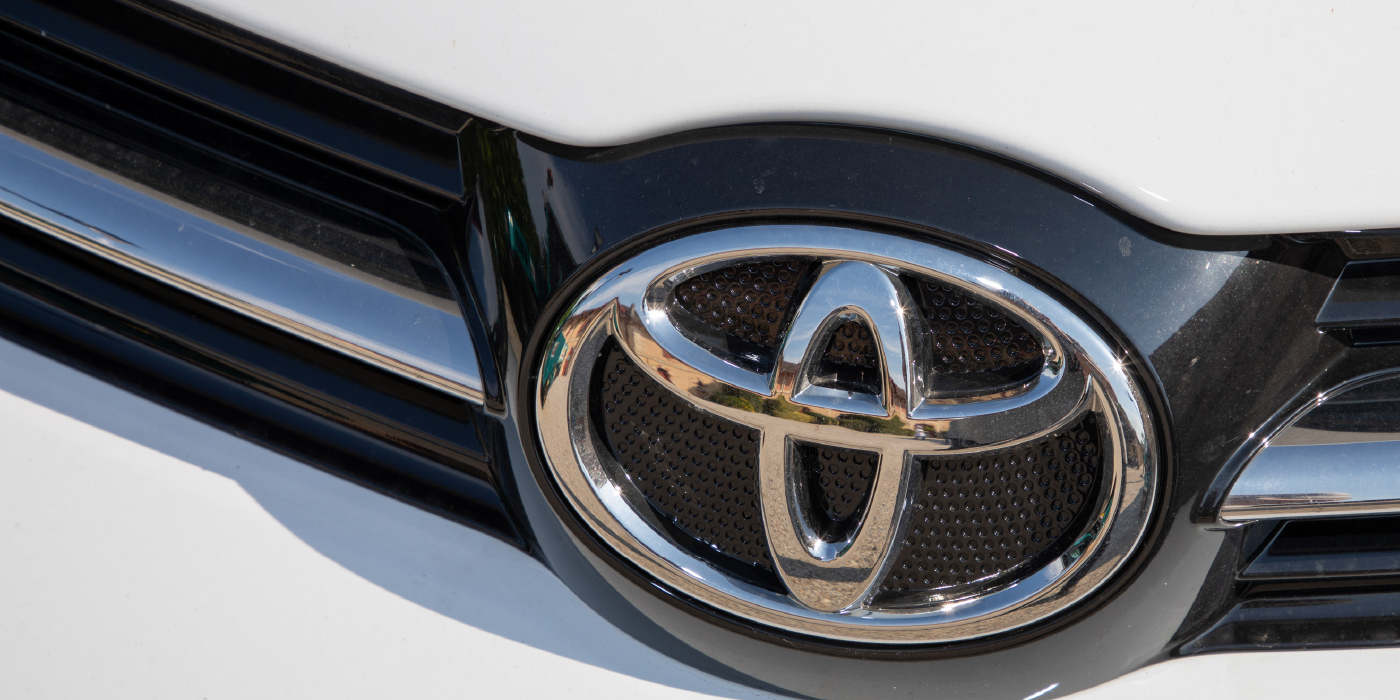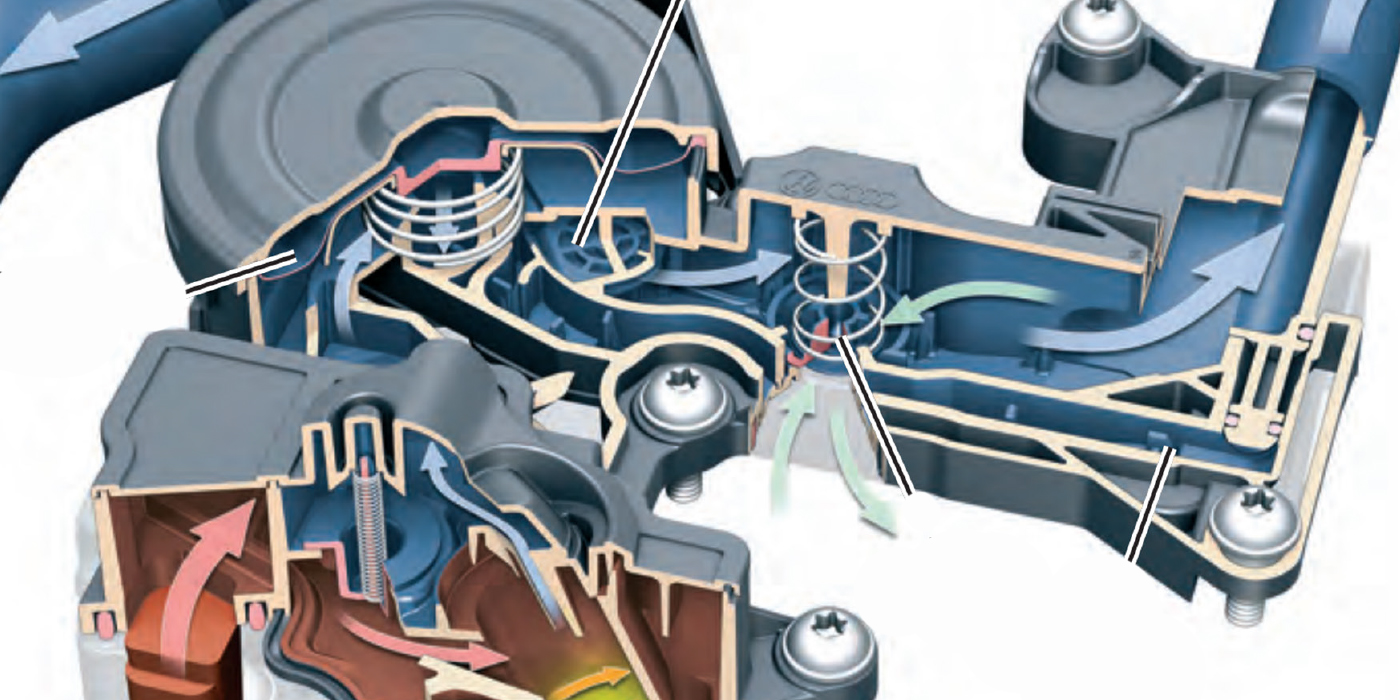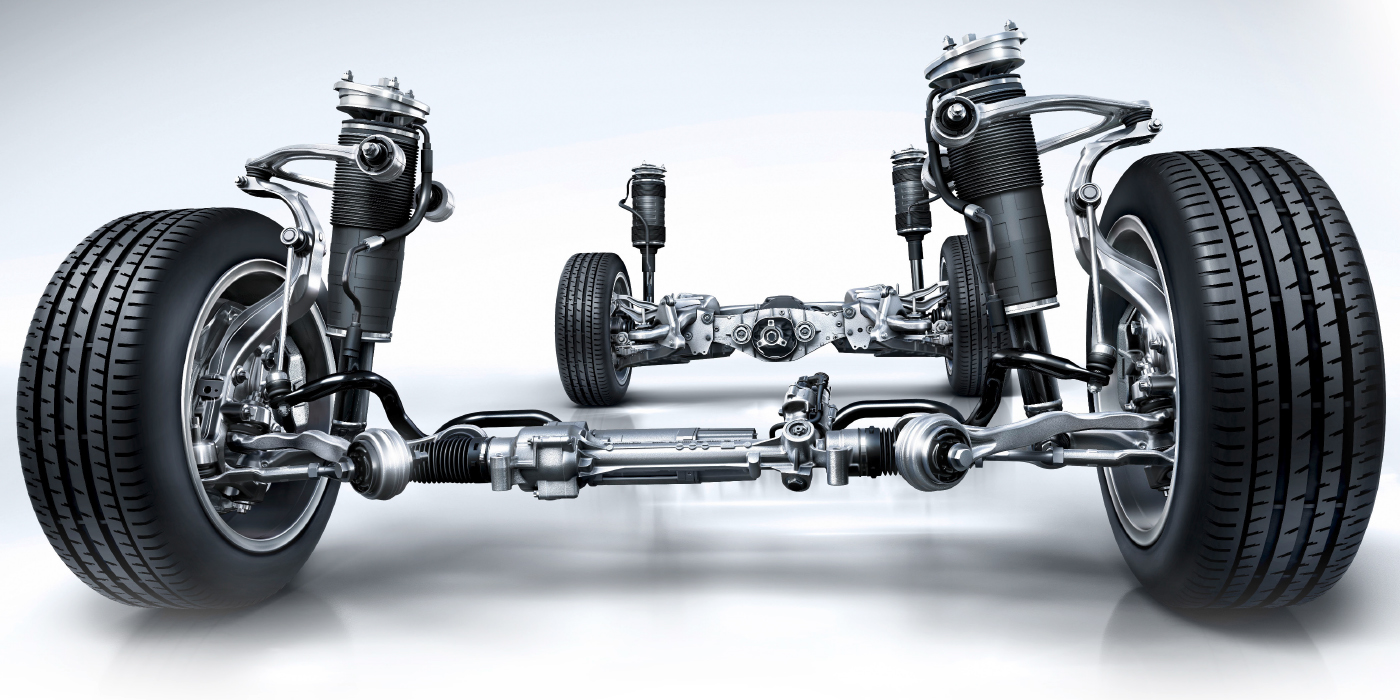Monitoring System Voltages During Reflash Procedures Still Essential
It could be a way to resolve a torque converter clutch on a Honda or a misfire problem on a Subaru, but more and more fixes for vehicles are not parts but programming. These software solutions are not for cars sitting on the dealer’s lots or those still under warranty, but are for vehicles coming to your shop.
No matter the nameplate or repair, the one thing all Asian nameplate vehicles share is that the system voltage must stay in a specific range during the reflashing procedure. Recognizing that range can be the challenge.
Honda
Honda is one of the least concerned manufacturers about system voltages when it comes to reflashing. In Service Information Release 01-023 issued on January 24, 2020, Honda outlines the best practices and tools for reprogramming:
• Make sure the 12-volt battery is fully charged before starting an update.
• Connect a fully charged jumper battery to the vehicle, and leave it connected during the entire procedure to maintain steady voltage.
• If the vehicle’s 12-volt battery drops below 10-volts during the update, the programming status bar may go past 100 percent, or the reprogramming tool may display an error message.
• Do not use the GR8 battery diagnostic station because the vehicle requires a steady electrical current.
If a problem occurs while reprogramming, keep the ignition turned to ON and do the following to minimize the chances of damaging the control unit/module.
While Honda does not recommend a voltage range or reflash power supply, using a power supply can lessen the chances that a bumped starter, window switch or automatic lights could abort a reflashing session.
Nissan
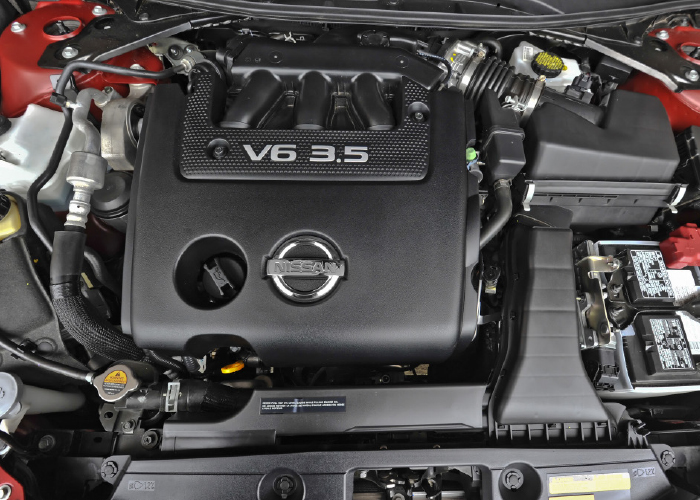
In 2012, with TSB NTB12-091, Nissan issued the following guidance:
“Be sure the battery charger (Nissan recommends the GR-8) is connected securely to the battery. Make sure the battery voltage stays between 12.0V and 15.5V during programming. If the battery voltage goes out of this range during programming, the ECM may be damaged.”
If you have purchased a reflash power supply, setting the voltage between 13- and 14-volts will give you wide margin of error if something happens that can lower system voltage.
KIA
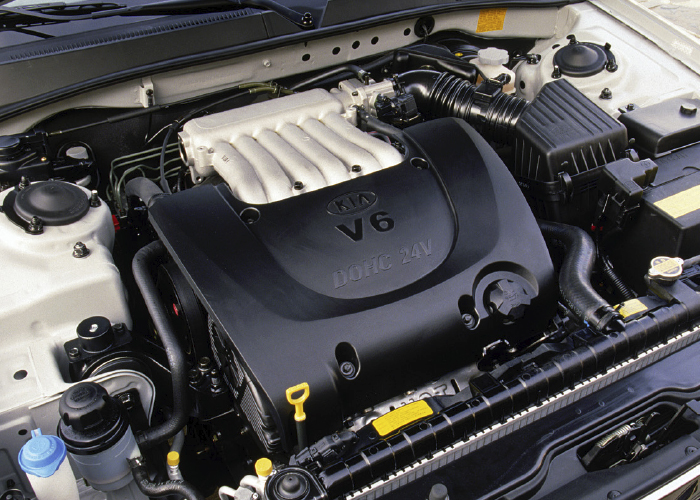
On August 20th, 2020, KIA issued Service Campaign SC176 to update the ECU software on 2012-2016 Soul models. In the documents, KIA issues its reflashing power guidance:
• A fully charged battery is necessary before ECU upgrade can take place.
• It is recommended that the Midtronics GR8-1299 system be used in ECU mode during charging. DO NOT connect any other battery charger to the vehicle during ECU upgrade.
• All ECU upgrades must be done with the ignition key in the ON position. Be careful not to disconnect the VCI-II connected to the vehicle during the ECU upgrade procedure.
• DO NOT start the engine during ECU upgrade. DO NOT turn the ignition key OFF or interrupt the power supply during ECU upgrade.
The Midtronics GR8-1200 Series diagnostic battery charger also acts as a reflashing power supply. It is a recommended tool for many OEMs. The GR8 keeps the system voltage at 13.5 volts. KIA has other reflash recommendations for other models. It always a good practice to check the procedures and TSBs to find out what is required to keep the system voltage in a specific range.
Toyota
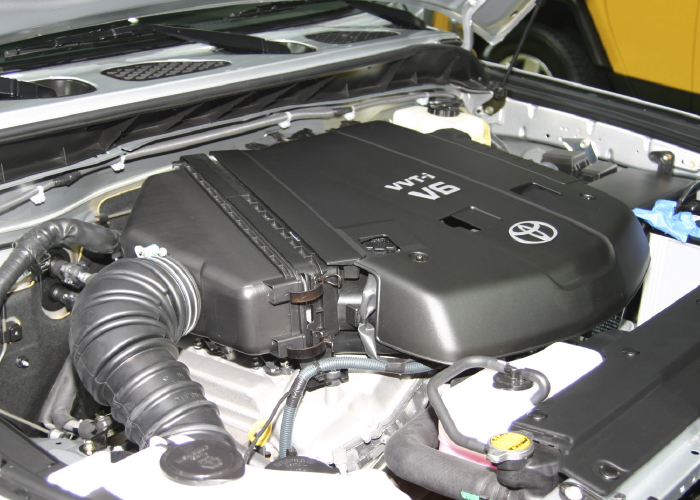
In 2019, Toyota revised T-SB-0134-16 titled “Flash Reprogramming ECU Procedures.” The revisions included listing a system voltage of 13.5-volts using a power supply. Toyota says that is a charger/power supply is not used, damage to the modules can occur.
Subaru
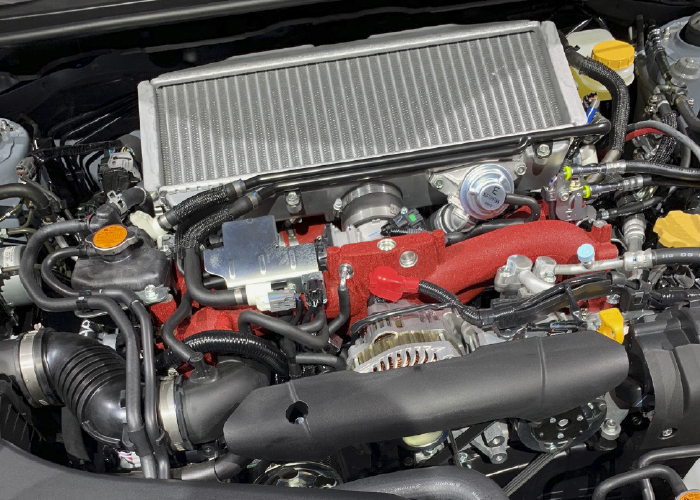
Subaru issued TSB 06-77-20 on June 2nd, 2020 concerning vehicle dynamics module reprogramming. Subaru’s guidance is:
• Confirm all electrical loads such as lights, audio, HVAC, seat heaters, and rear defroster are all switched OFF before setting up the charger for Power Supply Mode.
• Once Power Supply Mode reaches a steady 13.5 volts, connect the DST-i or SDI to the OBD connector and proceed with initiating the normal FlashWrite reprogramming process.
• Amperage will fluctuate based upon the vehicle’s demand for power.

